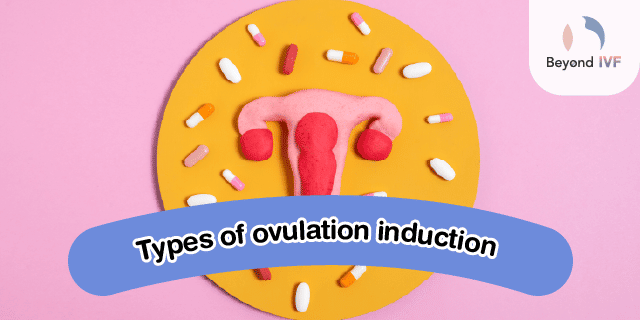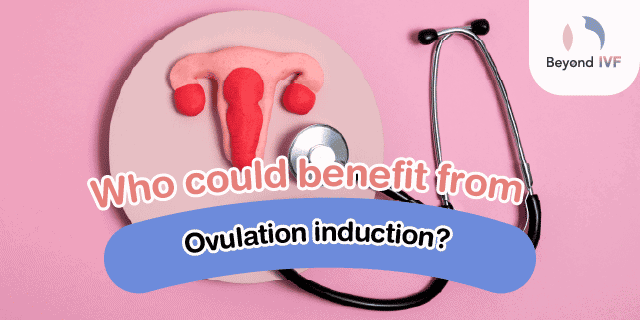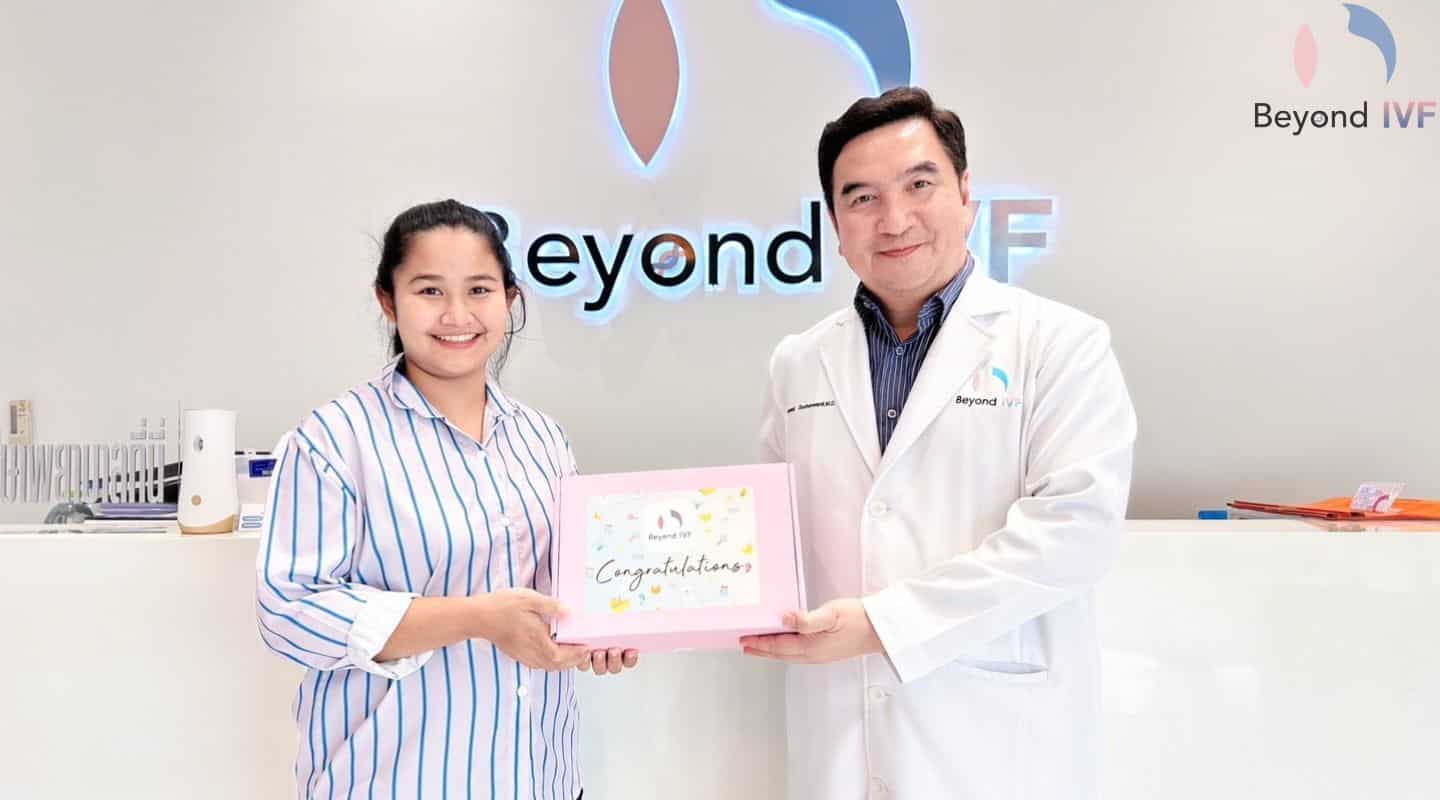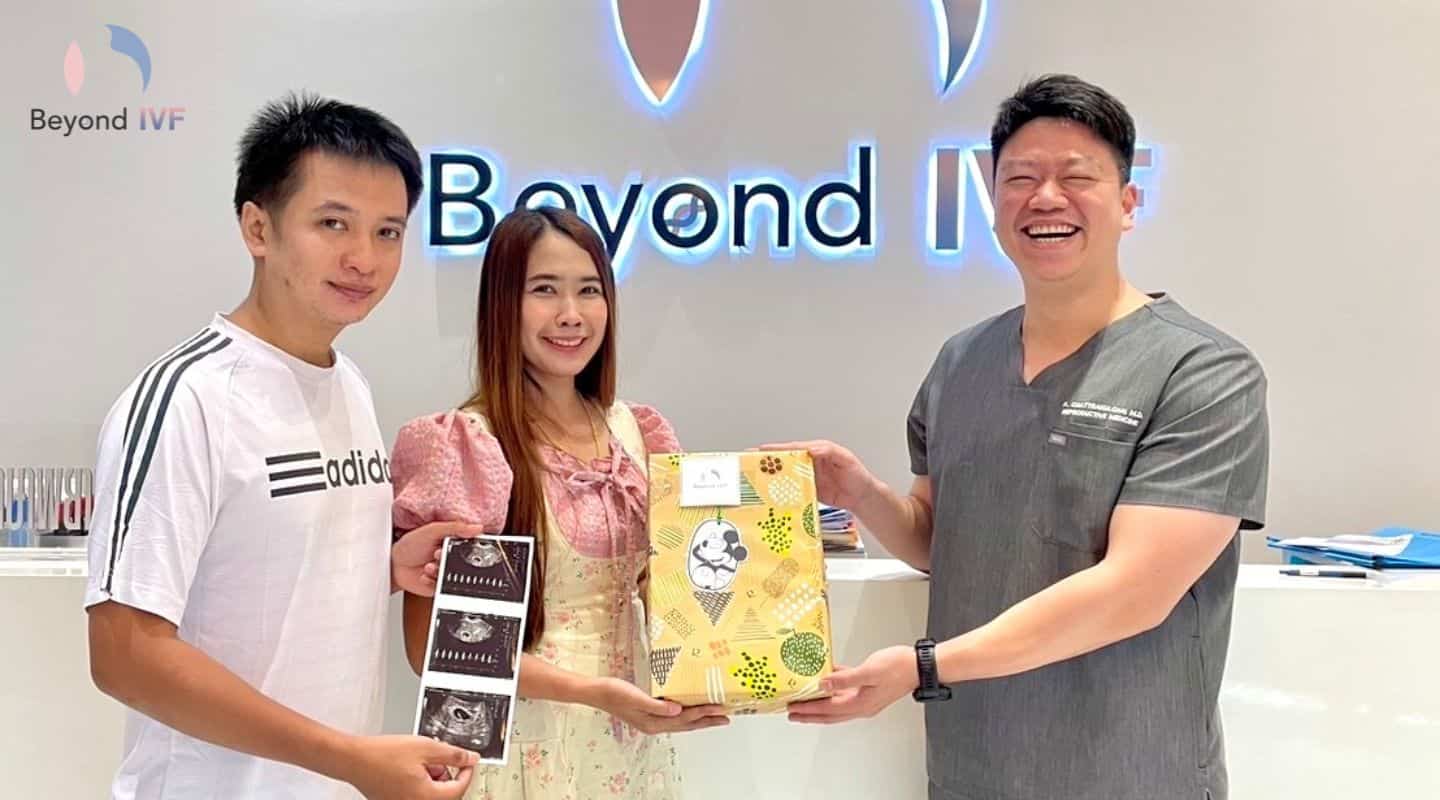Abnormal ovulation is a common problem in women and is often discovered when they are unable to get pregnant and have decided to see a doctor to help. When ovulation is not normal and regular, it is more difficult to become pregnant naturally.
There are many treatment options for ovulation issues and one option is ovulation induction. Read on to find out what ovulation induction is, how it is done, whether it can really increase your chances of becoming pregnant, and if it is the right option for you.
- Ovulation Induction
- How does ovulation induction work?
- Benefits of ovulation induction
- Types of ovulation induction
- Who could benefit from ovulation induction?
- Risks associated to ovulation induction
- Successful rates of ovulation Induction
- Ovulation induction in PCOS
- Ways to induce ovulation naturally
- Conclusion
Ovulation Induction
Ovulation induction involves the use of medication to trigger ovulation by helping the egg grow to the appropriate size and age so it can be released for fertilization. Sometimes hormones are also used to force ovulation. The goal of ovulation induction is to create more mature eggs to increase the chances of pregnancy.
The aim is to have 1-3 healthy eggs ready for fertilization with each cycle. Being able to accurately predict ovulation will help couples have sexual intercourse at the right time to increase the chances of pregnancy in each month.
How does ovulation induction work?

Stages of Ovulation
Menstruation
Day 1: First day of your period
Pre-Ovulation
Day 5-12: Eggs in the ovaries grow
Ovulation
Day 13-16: Only one mature egg will be released from the ovary, awaiting fertilization. Cervical mucus will increase and have an egg white consistency. Some women will experience breast tenderness. This is the ideal time for getting pregnant.
Pre-Menstruation
Day 17-28: If the mature egg is not fertilized within 24 hours, it will be absorbed into the body and the uterine lining will be shed in menstruation.
Benefits of ovulation induction
Ovulation induction is considered one step in treatment for infertility. The medication used to induce ovulation also helps balance female hormones so more eggs are produced by the ovaries. The medication also helps the eggs mature and be as healthy as possible to increase the chances of pregnancy for someone struggling with infertility.
Types of ovulation induction

1. Oral medications
Oral medication to induce ovulation includes hormones that stimulate the brain to grow high-quality eggs.
2. Injectable medications
Hormones are injected to directly stimulate egg production. These injections must be administered daily at the specified time to maintain hormones at a stable level. Injecting medication out of schedule will diminish egg quality and there may not be enough good quality or mature eggs for collection.
Who could benefit from ovulation induction?

- A woman with one or two normal fallopian tubes
- A woman with irregular periods
- A woman with problems with pituitary and/or thyroid hormones, which can cause irregular ovulation or anovulation
- Even a woman who ovulates normally can benefit from ovulation induction to increase their chances of conceiving as the process means there are more mature and healthy eggs ready to be fertilized in that cycle.
Risks associated to ovulation induction
- Nausea, vomiting, headache
- Bloating, edema, enlarged abdomen
- Continuous clear vaginal discharge, more than before menstruation; if discharge is colored or has a distinct scent, please see your doctor immediately as this may indicate an infection.
Successful rates of ovulation Induction
For those experiencing infertility, ovulation induction is just one step in the treatment process. It is important to stimulate production of as many mature and healthy eggs as possible. The more high-quality eggs you have, the more can be collected for fertilization and eventual pregnancy.
Ovulation induction in PCOS

Using medication to stimulate ovulation (to make more high-quality eggs to increase the chances of pregnancy) can cause cysts in the ovaries. Ovulation induction can lead to ovarian hyperstimulation syndrome (OHSS), which can cause there to be cysts or fluid in the ovaries. This can lead to edema. Each woman will need to consider whether the benefits of ovulation induction outweigh the risks and make the decision that is best for her and her family.
Ways to induce ovulation naturally
- Oral medication is prescribed by your doctor and the dosage varies from person to person. Normally oral medication is taken for five days.
- Injectables are administered two inches from the bellybutton and at the same time every day for 10-15 days (as recommended by the doctor).
Conclusion
Ovulation induction is considered on step in the treatment of infertility. It stimulates the production of more eggs in the ovaries than normal and improves egg quality. This process must be carefully monitored by a doctor as the use of these medications have side effects. If you have any problems with your uterus and ovaries or ovulation, please see a doctor for a thorough examination. Your doctor can determine the right kind of medication for you.
If you have any questions, please drop by Beyond IVF for a consultation or add us on Line at @beyondivf.









